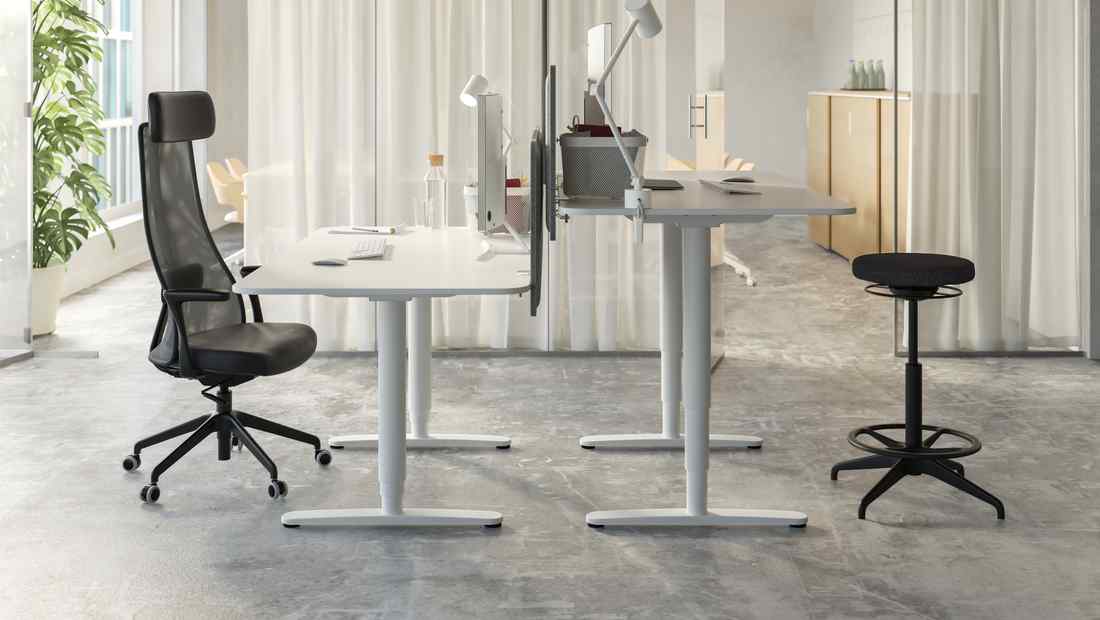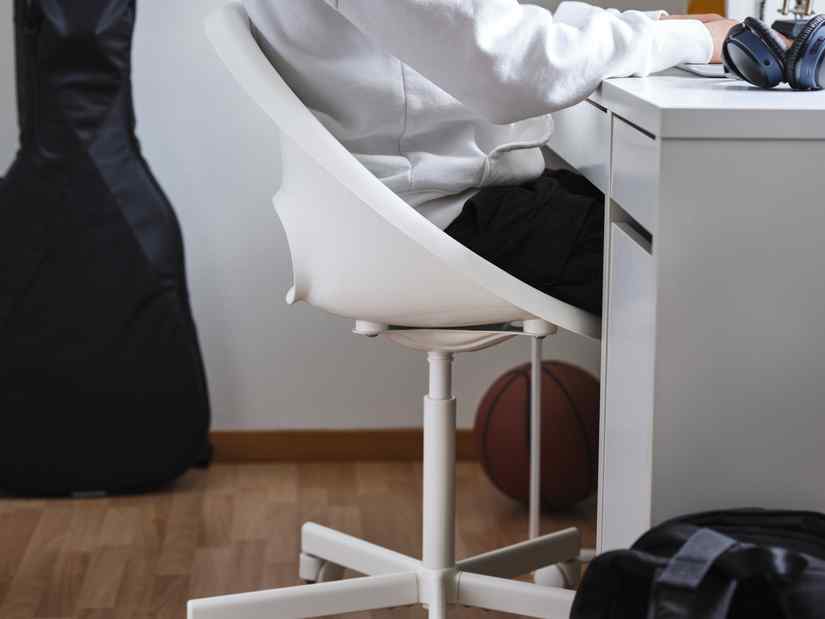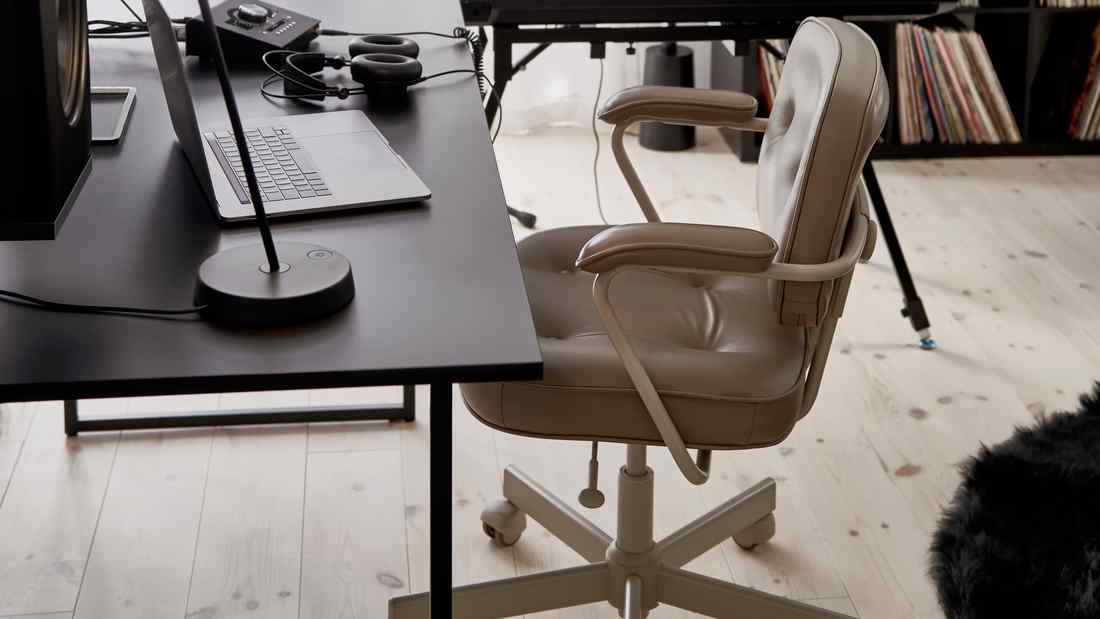The correct position of your arms and wrists is equally important. When typing or using a mouse, make sure your wrists are in a neutral position and not bent up or down. Use wrist rests or ergonomic mouse pads to provide additional support.
Additionally, make sure your arms can move freely and are not obstructed by objects on your desk. Avoid resting your arms or wrists on the hard edge of the desk, as this can cause pressure and discomfort. The correct arm and wrist position helps prevent muscle tension in these areas and can improve your work efficiency.
Use additional ergonomic tools
There are various ergonomic tools that can make your sitting position more comfortable. One of these is a footrest, which can ensure your feet are in a comfortable position and support good posture.
Footrests also help reduce lower back pressure and improve blood circulation in the legs. Additionally, consider adding a seat cushion to provide extra back support and reduce pressure on the tailbone.
A high-quality seat cushion can help distribute body weight evenly and increase comfort when sitting for long periods. Using the right additional tools can help create a more ergonomic and comfortable sitting position.
Achieving an ergonomic sitting position while working is key to preventing injuries and increasing comfort and productivity. By adjusting your chair height, backrest, desk height, and the position of your arms and wrists, you can make your sitting position more ergonomic.
Additionally, it is important to equip your workspace with a
Minimalist work chair from IKEA. Offering an ergonomic design with adjustable features, it can provide a relaxed, comfortable, and ergonomic sitting position during your work activities.


